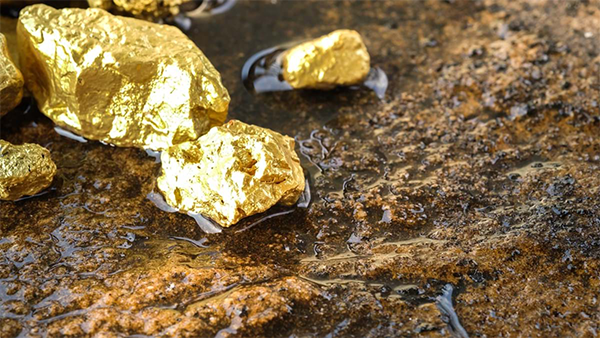Leaching is a process in which a solvent, typically water, is used to extract valuable substances from a solid material. This process is commonly used in mining and metallurgy to extract metals and minerals from ore, as well as in agriculture to extract nutrients from the soil.
There are several types of leaching methods, each with their own advantages and disadvantages. One of the most common methods is heap leaching, which is used to extract metals such as gold, silver, and copper from ore. This method involves stacking ore on a large, impermeable pad, and then applying a solution, typically cyanide, to the top of the heap. As the solution percolates through the heap, it dissolves the valuable metals, which are then collected at the bottom of the heap.
Another common method of leaching is called in-situ leaching. This method is used to extract uranium and other heavy metals from underground deposits. In this method, a solution is injected into the ground, and as it comes into contact with the ore, it dissolves the valuable metals. The solution is then pumped back to the surface, where the metals are collected.
Leaching can also be used in agriculture to extract nutrients from soil. In this process, water is used to dissolve nutrients from the soil, which can then be collected and used to fertilize crops. This method is often used in low-income countries to increase crop yields and improve food security.
Leaching can also be used in the treatment of solid waste. In this process, a liquid is passed through the solid waste to extract valuable materials such as metals and plastics. The liquid is then treated to remove any remaining contaminants, and the extracted materials can be recycled or sold.
Leaching is a relatively simple process and can be done with relatively inexpensive equipment. However, there are several factors that can affect the efficiency of the process. For example, the pH of the solution, the temperature, and the presence of other dissolved substances can all impact the rate of leaching. Furthermore, leaching can also cause environmental problems if not done properly. For example, if the solution used contains harmful substances, it can contaminate the surrounding soil and water.
In summary, leaching is a process in which a solvent, typically water, is used to extract valuable substances from a solid material. The most common methods of leaching include heap leaching, in-situ leaching, and leaching for agricultural purposes. This process can be used to extract metals and minerals from ore, as well as to extract nutrients from soil and to treat solid waste. However, leaching can also cause environmental problems if not done properly.

